Sonata for Solo Cello: Joanna’s Tale by cellist and composer Dobrawa Czocher commemorates the 80th anniversary of Poland’s Warsaw Uprising, the largest resistance-led military action against Nazi occupation during the Second World War
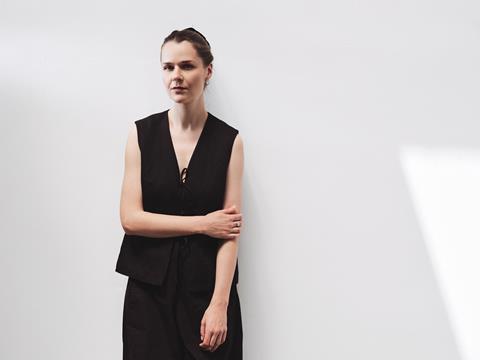
Discover more Featured Stories like this in The Strad Playing Hub
A new work by Polish cellist and composer Dobrawa Czocher commemorates the bravery of women during wartime.
Sonata for Solo Cello: Joanna’s Tale was composed in 2024 following a commission from the Warsaw Uprising Museum. The three-movement work commemorates the 80th anniversary of Poland’s historic Warsaw Uprising.
Initiated by the Polish Home Army, the Warsaw Uprising was the largest resistance-led military action against Nazi occupation during the Second World War. It was originally intended as a swift rebellion, but endured for 63 grueling days, becoming an enduring symbol of courage and resolve amid adversity.
Tragically, the conflict resulted in the deaths of over 200,000 individuals, primarily civilians, leaving a lasting legacy of bravery that resonates deeply within Polish national identity to this day. For Czocher, this history holds profound personal and cultural significance.
’The first part is characterised by melodiousness and lyricism. I wanted to portray Joanna’s character, her dreams and hopes regarding her vision of the future,’ Czocher told The Strad.
Elaborating on the techniques used in the work, she continued: ’I think that the most difficult and at the same time the most satisfying task for every string player is to play a long, extensive and emotionally developed phrase. This is exactly what the first part of the Sonata is like, filled with youthful energy, faith and strength. In addition to extensive lyrical phrases, I also used the arpeggio technique, which perfectly illustrates Joanna’s fantasies and aspirations.
’From this part full of hope, I smoothly move to the second part, which is built on double stops and chords. Somewhere among these technically difficult aspects, a melody arises. A melody completely different from the one accompanying the first part. The second part is a picture of the reality in which Joanna lives. A reality full of pain and darkness. There is no room in it for fantasies, dreams and goals.
’However, my heroine does not allow this darkness to consume her. She decides to fight. The fight for herself and what is important to her. This is what the third part is about, which is based on a certain rhythm, repeated motives. This part is certainly a challenge for the cellist. Maybe the cello player has to fight a little like Joanna? The fast, repeated motif is an aspect that requires concentration and precision. After the difficulties of this part, I return to the theme from the I Movement, which, slightly changed, shows that our heroine is already in a different place as a person, as an artist.’
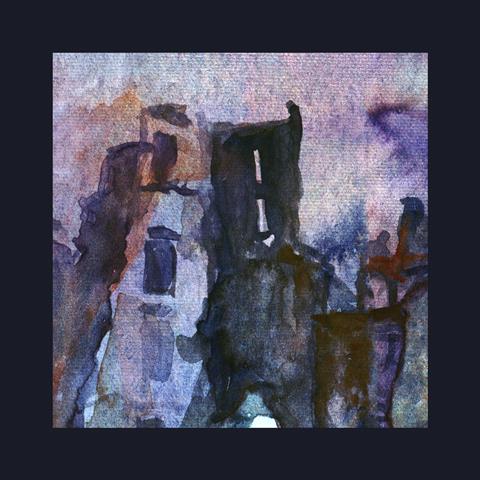
Following Joanna’s Tale, Czocher was subsequently invited to collaborate on the side-specific opera D’arc, directed by Krystian Lada and created specifically for this occasion. The opera centers on the character of Joanna, a young cellist whose aspirations of a solo career are shattered by war’s harsh realities.
Through both acting and composition, Czocher intimately portrays Joanna’s internal struggle, vulnerabilities, and strength. The opera ultimately serves as a powerful homage to all women who, though not frontline fighters, courageously shaped history through countless acts of everyday heroism during wartime.
’This was a special journey for me. I had never before had such a task to compose music and give a voice to the heroine of a story,’ said Czocher. ’The piece consists of three themes: the first emanates great hopes, the second the reality of war, and the third her fight. The Sonata allowed me to express my musical roots while finding a deeply personal musical language.’
Sonata for Solo Cello: Joanna’s Tale is released as an EP on FatCat Records on 27 June 2025.
Read: Cellist Dobrawa Czocher: ‘Spirituality is a base for my artistic development’
Discover more Featured Stories like this in The Strad Playing Hub
The number one source for playing and teaching books, guides, CDs, calendars and back issues of the magazine.
In The Best of Technique you’ll discover the top playing tips of the world’s leading string players and teachers. It’s packed full of exercises for students, plus examples from the standard repertoire to show you how to integrate the technique into your playing.
In the second volume of The Strad’s Masterclass series, soloists including James Ehnes, Jennifer Koh, Philippe Graffin, Daniel Hope and Arabella Steinbacher give their thoughts on some of the greatest works in the string repertoire. Each has annotated the sheet music with their own bowings, fingerings and comments.
The Canada Council of the Arts’ Musical Instrument Bank is 40 years old in 2025. This year’s calendar celebrates some its treasures, including four instruments by Antonio Stradivari and priceless works by Montagnana, Gagliano, Pressenda and David Tecchler.

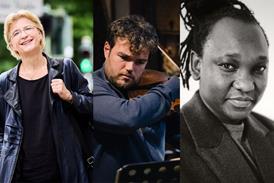

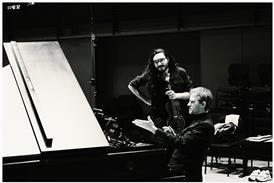
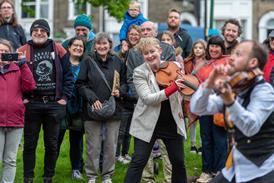
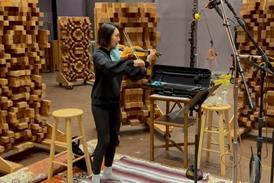


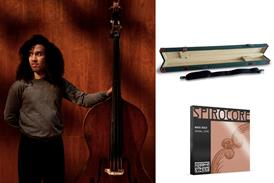

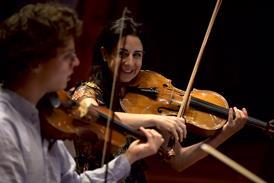
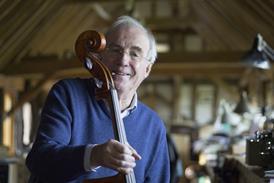
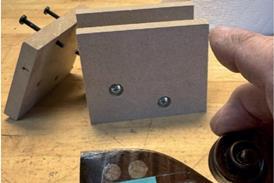
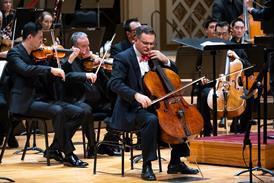
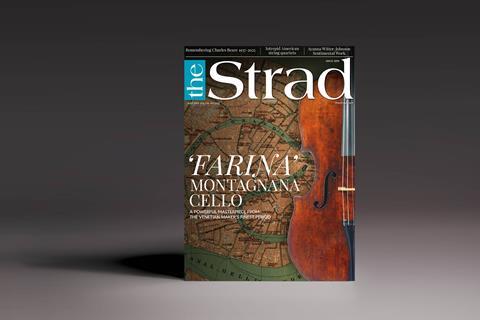
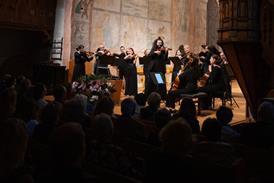

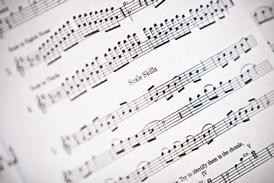
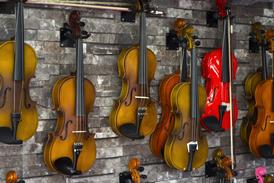
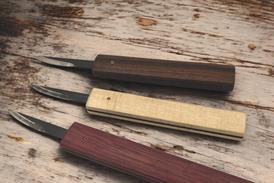

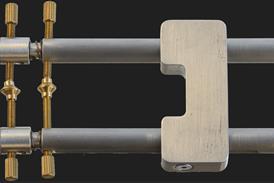
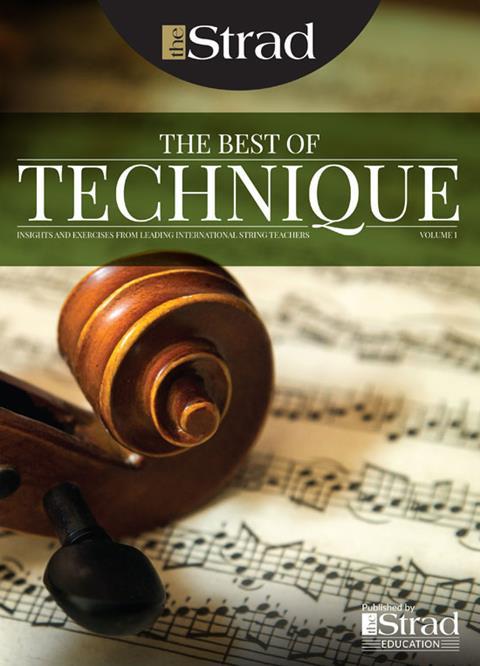
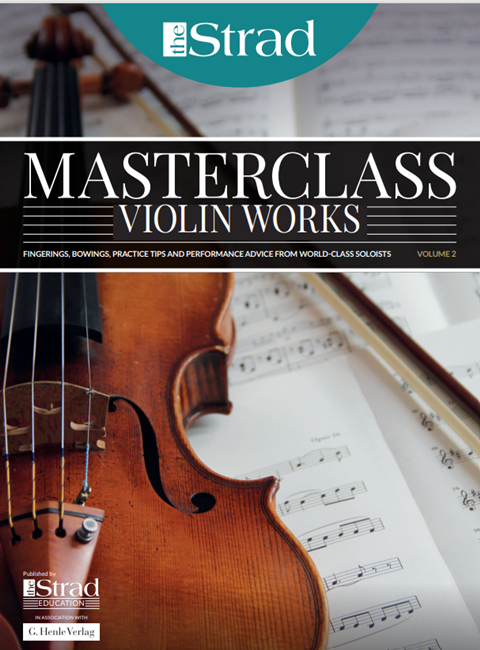
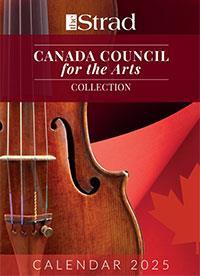












No comments yet